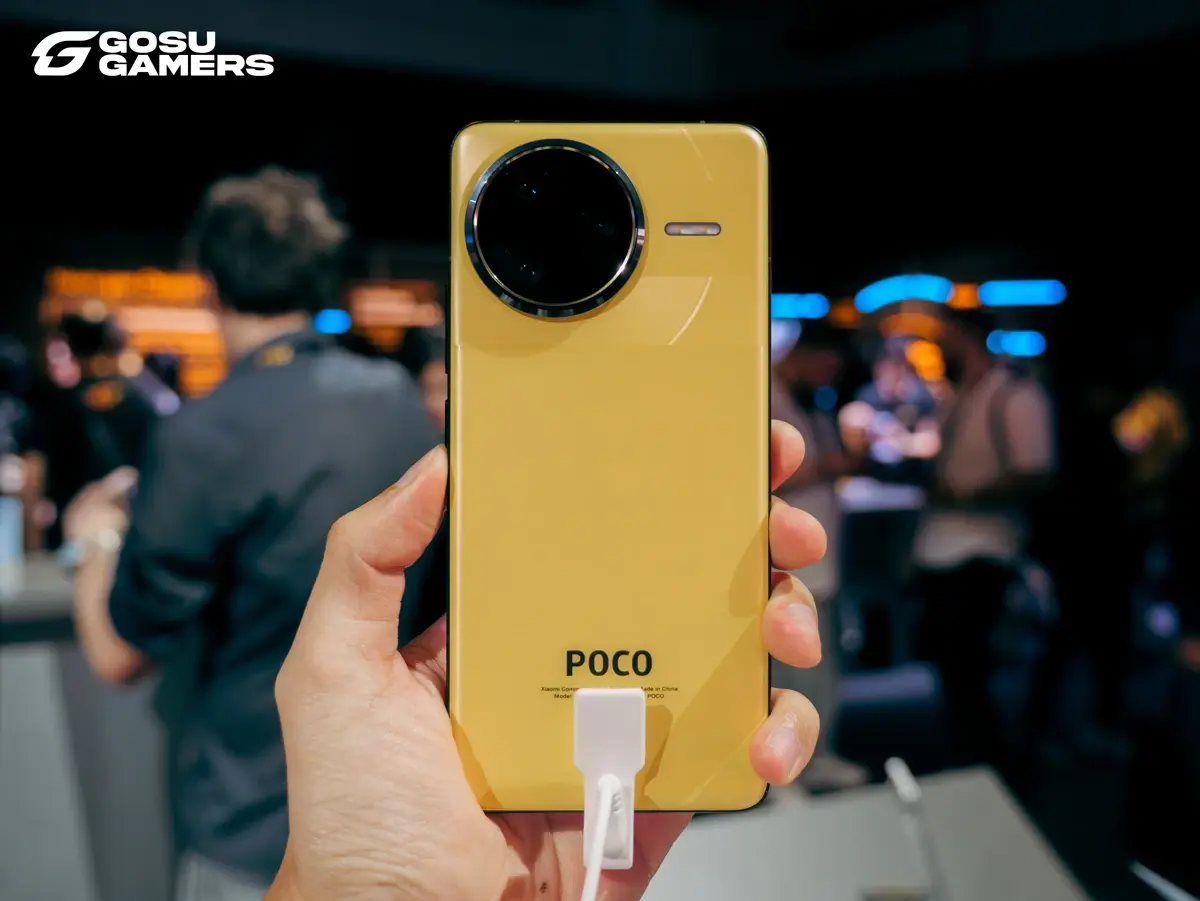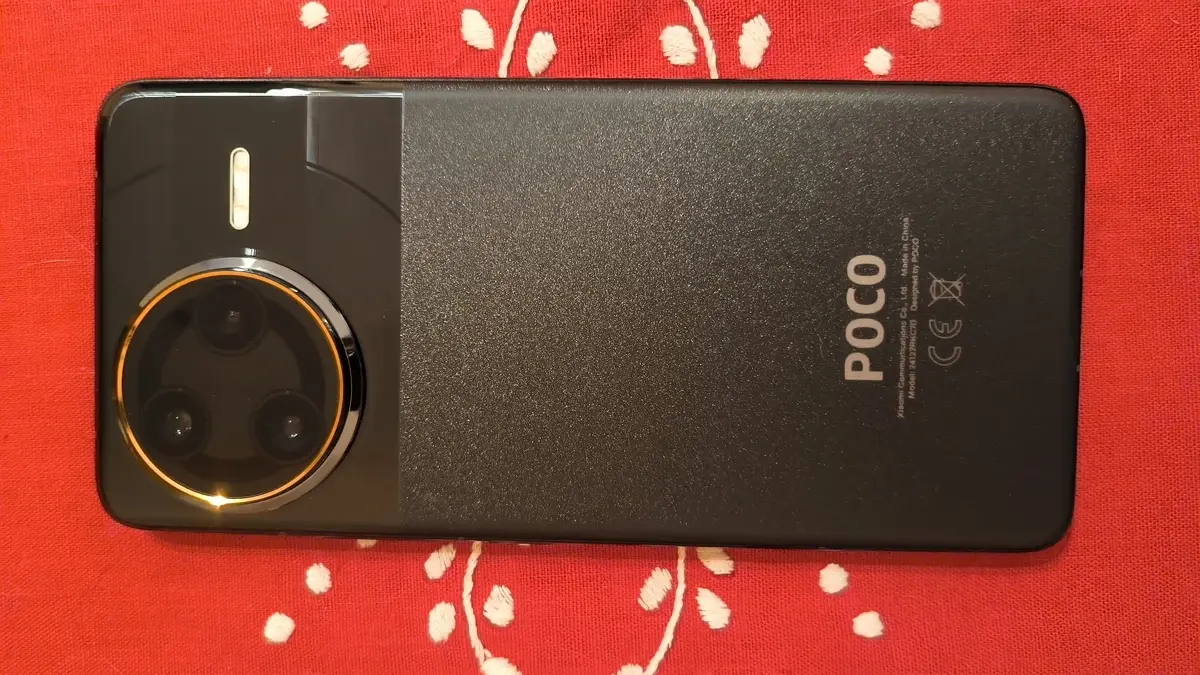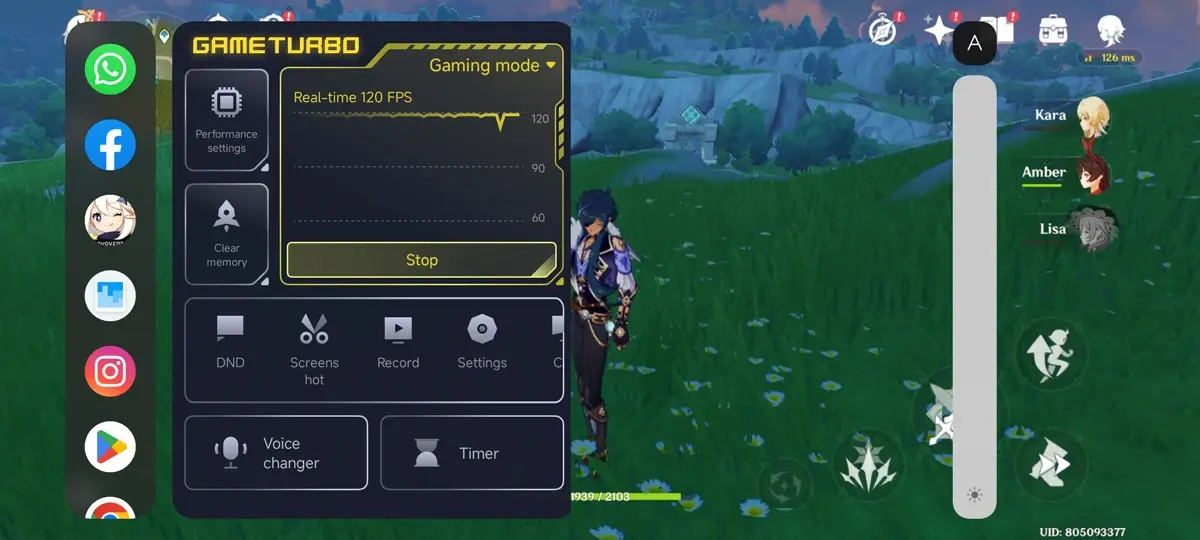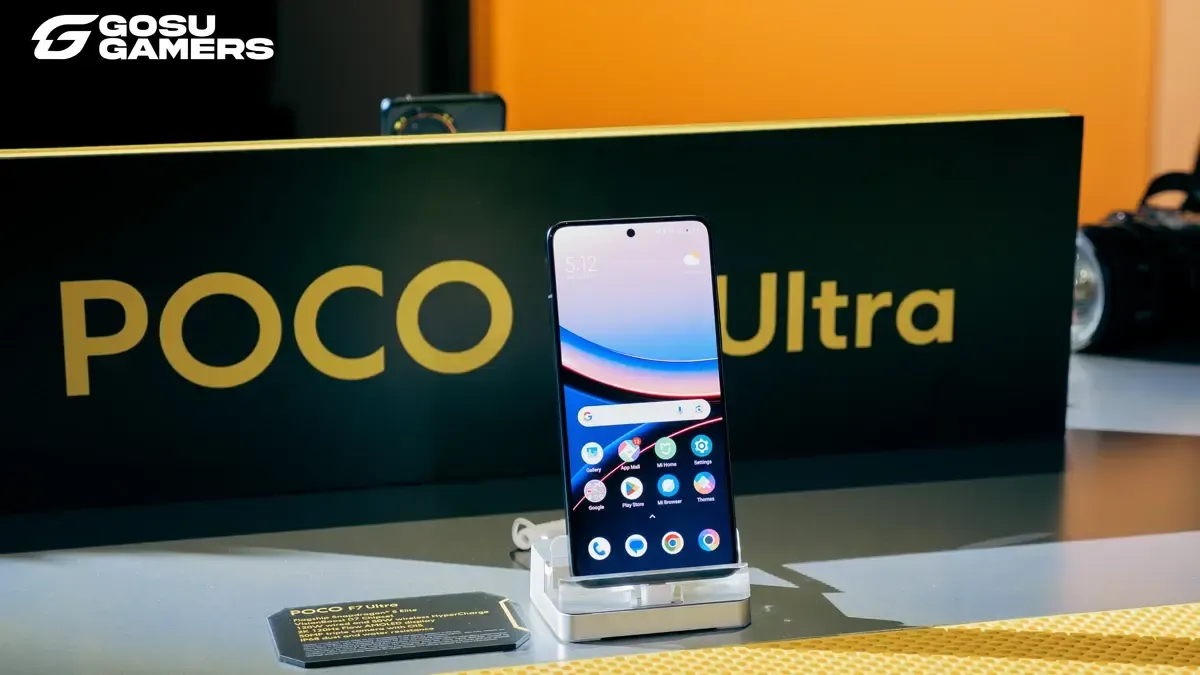We’ve gone hands-on with POCO’s F7 Ultra, which touts stellar game performance for a hefty price.
POCO unveiled the F7 Series of mobile phones at a launch event in Singapore earlier this year. At the event, the phone company’s head of product marketing Angus Ng pointedly compared the POCO F7 Ultra to the Samsung S25 Ultra, emphasising its many improvements upon the Samsung flagship. Genshin Impact was also brought out as a specific example of the POCO F7 Ultra’s gaming capabilities, which allow for smooth gameplay at a high framerate and screen resolution, with seemingly few tradeoffs.
We’ve been hands-on with the POCO F7 Ultra in the weeks since its unveiling, with the goal of examining its gaming performance and deciding whether or not it’s worth picking up for the everyday mobile gamer. After all, this phone comes at a heftier price than usual: up to US$649, which is almost US$200 more than the POCO F6 Pro.
With such a leap in price and performance, where does the phone land value-wise?
Wait, what's the POCO F7 Ultra again?

POCO (formerly known as POCO by Xiaomi) has made a name for itself as the go-to brand for anyone looking for a solid midrange gaming phone at an affordable price. This year, however, the phone maker took its established midrange price points and threw them out of the window entirely. The POCO F7 Ultra–which is the only phone we spent time with, and thus we are unequipped to discuss its Pro counterpart–is a flagship phone meant for gamers who demand the most out of their devices.
The POCO F7 Ultra comes with a first for POCO: its own dedicated graphics chipset, the VisionBoost D7. It also features Qualcomm’s flagship chipset, the Snapdragon 8 Elite Mobile Platform. POCO claims that the new phone has managed to earn a 2,843,461 AnTuTu score (AnTuTu is a software benchmarking tool that scores phones based on their performance according to various criteria), even if it only hit that score under laboratory conditions.

The phone also comes with various software upgrades to allow for better gaming performance. WildBoost Optimisation 4.0 is POCO’s AI-driven solution to pushing video game performance higher, simply by reallocating resources towards things like frame rates, device cooling, and in-game resolution. At its launch event, POCO claimed that the F7 Ultra would be able to run Genshin Impact with up to a 120fps framerate, and at 2K “Super Resolution” using machine-learning.
Set aside the fact that a lot of these performance upgrades are propped up by software and AI-driven solutions (which isn’t unique to mobile devices, just look at NVIDIA'S DLSS). With all this power churning under the hood, how does the POCO F7 Ultra hold up to its maker’s extensive promises?
Software upgrades up the wazoo

I’ve spent quite a bit of time taking the POCO F7 Ultra out on a test run for demanding mobile titles, bumping every setting I can find to the maximum option available to see how the phone fares. Given that Genshin Impact was featured so extensively in the device’s big reveal, it’s only natural that I gravitated towards it first, despite it not being my gacha game of choice. Lo and behold, I experienced buttery-smooth gameplay all the way through.
Before toying with additional performance-boosting options like super resolution and smart frame rate, the display allowed for a 60Hz refresh rate during gameplay while exploring the game’s more urban environments. After turning both options on, however, that refresh rate was bumped up to 120Hz with a higher resolution–if somewhat indistinguishably so. Note that this doesn’t mean the game was actually running at a consistent 120fps, only that the display could theoretically support up to those frame rates. For my part, I saw pretty stable performance throughout.

A third option called “visual style” is also available. Visual styles essentially apply in-game filters, which I would typically avoid given how gaudy they can make a game look, but they do allow for brighter and richer colours at the expense of making everything look unnaturally saturated. Funnily enough, there was a ‘Game HDR’ option, but I couldn’t get it to actually work on Genshin or Zenless Zone Zero.
All of these options are available in a little Game Turbo window that can be drawn from the left side of the screen, along with other handy features like a voice changer, a timer, and a screen recorder. This window also ostensibly displays in-game framerates, but in actual practice, only consistently displays the framerate of the window itself: 120fps. It's pretty misleading, to say the least.
Running GameBench, I found that both Genshin Impact and Zenless Zone Zero ran at closer to 41fps with all settings maxed out, for what that’s worth. There is an option to keep frame rates from being limited to 60fps in the phone’s developer options, but you’ll find that many games have capped frame rates, which means that you’re not going to push 60fps for these titles anyway.
Zenless Zone Zero, battery, and cooling capabilities

Personally, I found Zenless Zone Zero to be the most impressive showcase of this phone’s gaming capabilities. Its mobile optimisation isn’t known to be the best, as dense areas like Lumina Square famously tanked player frame rates for multiple patches in a row before a fix was released. Mobile performance can also be shaky at best on midrange devices, due to its fast-paced battles and splashy combat FX.
Thankfully, this isn’t a problem on the POCO F7 Ultra. Even with every possible in-game performance setting maxed out, the game ran smoothly, both while exploring New Eridu and battling it out in combat scenarios. That will come as a relief to future F7 Ultra owners who simply want to run newer and flashier games at maxed-out settings without worrying about performance tradeoffs.
I left Genshin Impact running idly on the POCO F7 Ultra for an hour, and found that roughly 20% of its 5,3000 mAH battery's life had been eaten up after that time. During regular gameplay on Zenless Zone Zero, I found that the battery could sink by as much as 40–50% over the course of three to four hours of pick-up and put-down play. That level of battery performance is solid enough in my book, but if you’re gaming more consistently for multiple hours in a row, you might be disappointed.
I will say that I was thoroughly impressed by the phone’s cooling capabilities, as it only began to feel warm after an hour or so of play. With a phone cover on, it would be difficult to notice any shift in temperature.
Verdict

The POCO F7 Ultra offers a massive leap in performance over 2024’s higher-end POCO F6 phone, the F6 Pro. However, it’s important to recognise that the F7 series is now targeting a different market. The POCO F6 Pro offered quality gaming performance on a budget, but the POCO F7 Ultra is meant to be an all-rounder that targets users looking for solid camera and AI features on top of superior gaming tech.
However, its up to SG$929 price tag does stick out like a sore thumb, especially considering how much of a leap it is from last year’s POCO flagship. As a higher-end phone, the POCO F7 Ultra actually has a lot to offer when weighed against other flagships like the Samsung Galaxy S25 (around SG$1,288). It doesn’t outperform the latter phone in all categories, except for arguably the most important of them all: price.
Are all the additional bells and whistles really necessary for someone who’s just looking to run a game at max settings? No, but they’re nice to have–and that’s what POCO is counting on. If nothing else, this phone offers excellent gaming performance at a competitive price. For anyone looking for a great gaming phone under SG$1000, it’s a slam dunk.
The Poco F7 Ultra is now available for purchase. We received a review unit for this article.







